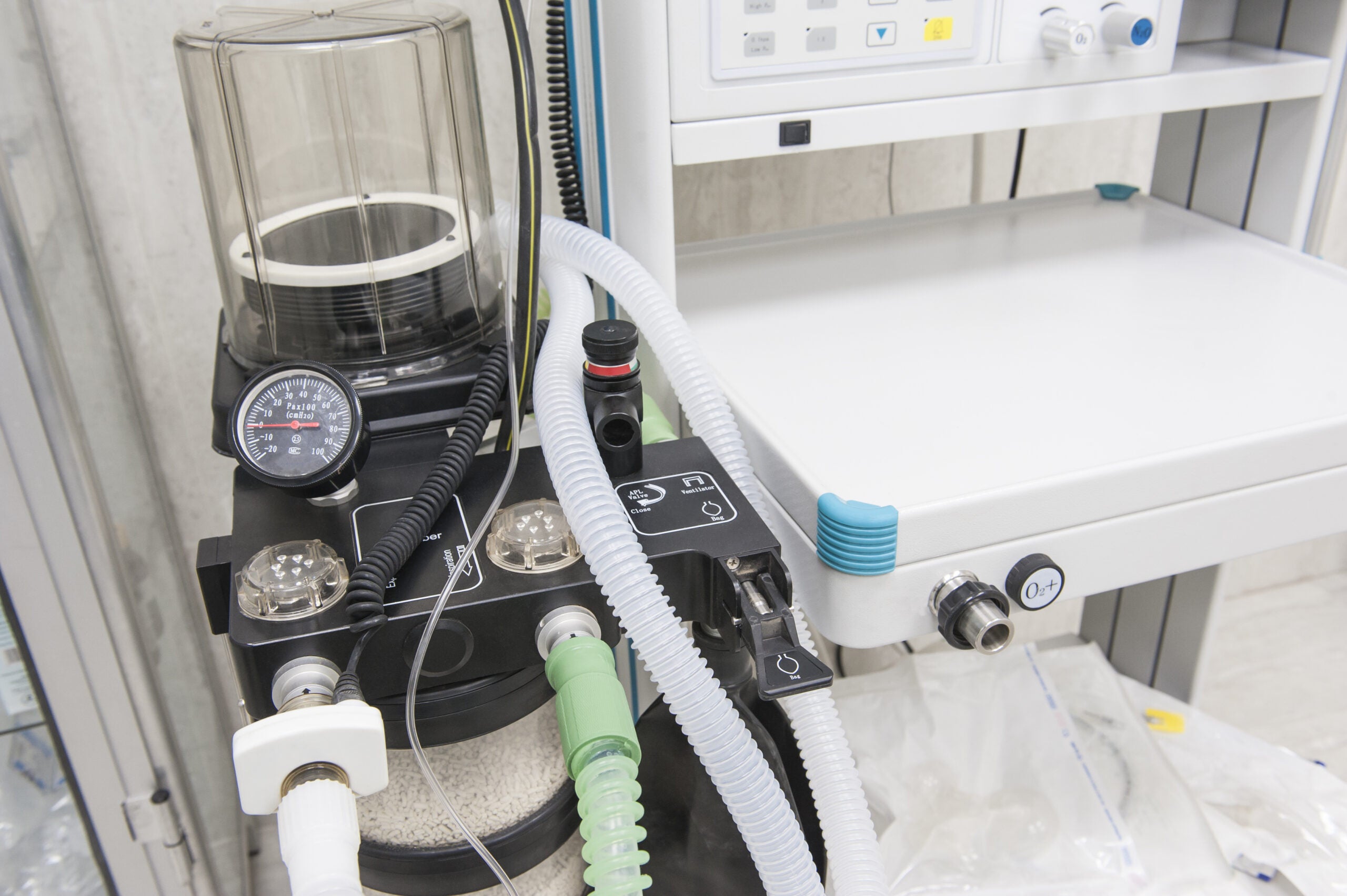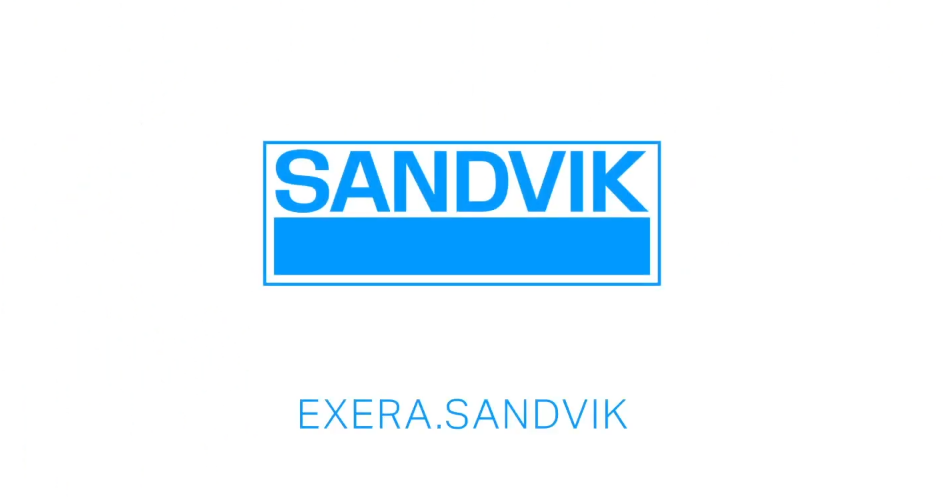
As Covid-19 vaccines continue to be rolled out and injected across the world and ever more therapeutics to alleviate the most serious symptoms are approved, the healthcare sector is slowly starting to return to a more normal mode of operation.
One area where this is most marked is the manufacturing of ventilators, where at the peak of the global pandemic in 2020 – before any vaccines and few therapeutics had been approved – everyone from established suppliers to Formula One engineers were racing to meet unprecedented demand.
In 2020 alone, the global ventilator market exceeded $4.7bn, according to figures from GlobalData, as hospitals around the world became inundated with patients with extreme difficulties breathing.
This in turn led demand for the ventilators themselves to surge by 300% as the sectors supply chain attempted to keep pace.
Playing its part in the global fight against the virus, the team at Sandvik Material Technology’s precision wire manufacturing facility in Palm Coast, Florida was routinely working double shifts to ensure sufficient supplies of the Exera® medical wire were available.
The material, which came under a huge growth in demand during the pandemic, was then supplied to ventilator manufacturers and used as a key component within the life-saving machines.
“We were happy to increase our production of the wire that went into the ventilators and thus play our part in the fight against coronavirus,” explains Gary Davies, Sandvik’s head of Business Unit Medical.
With much of the world now vaccinated against the virus, the global ventilator market is expected to return to lower levels of demand, with GlobalData forecasting that sales will reach $1.5bn by 2028.
But as Sandvik Materials Technology and the global ventilator supply chain as a whole have shown, in times of high demand, the medical and healthcare sector is capable of doing what it takes when the stakes are so high.



